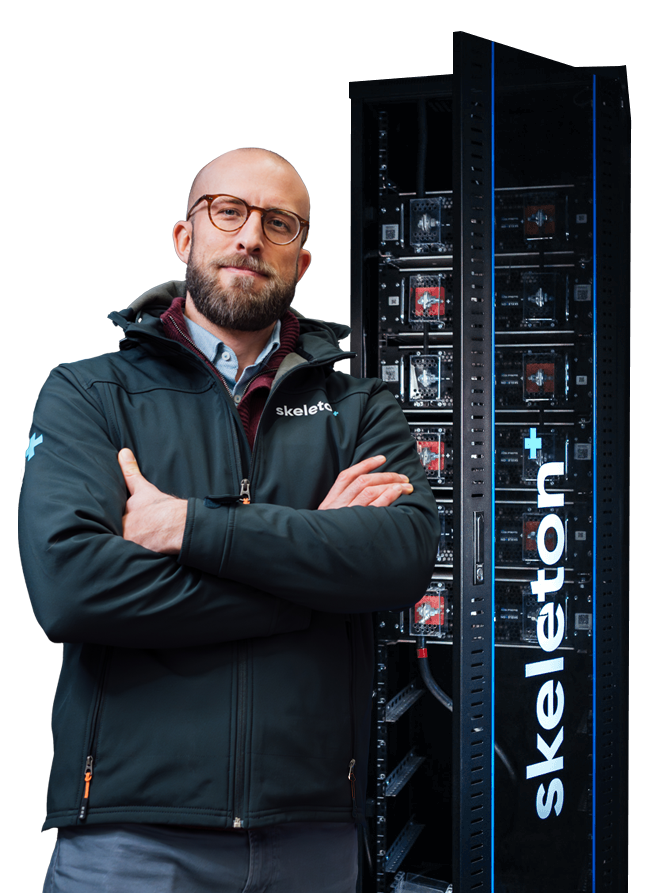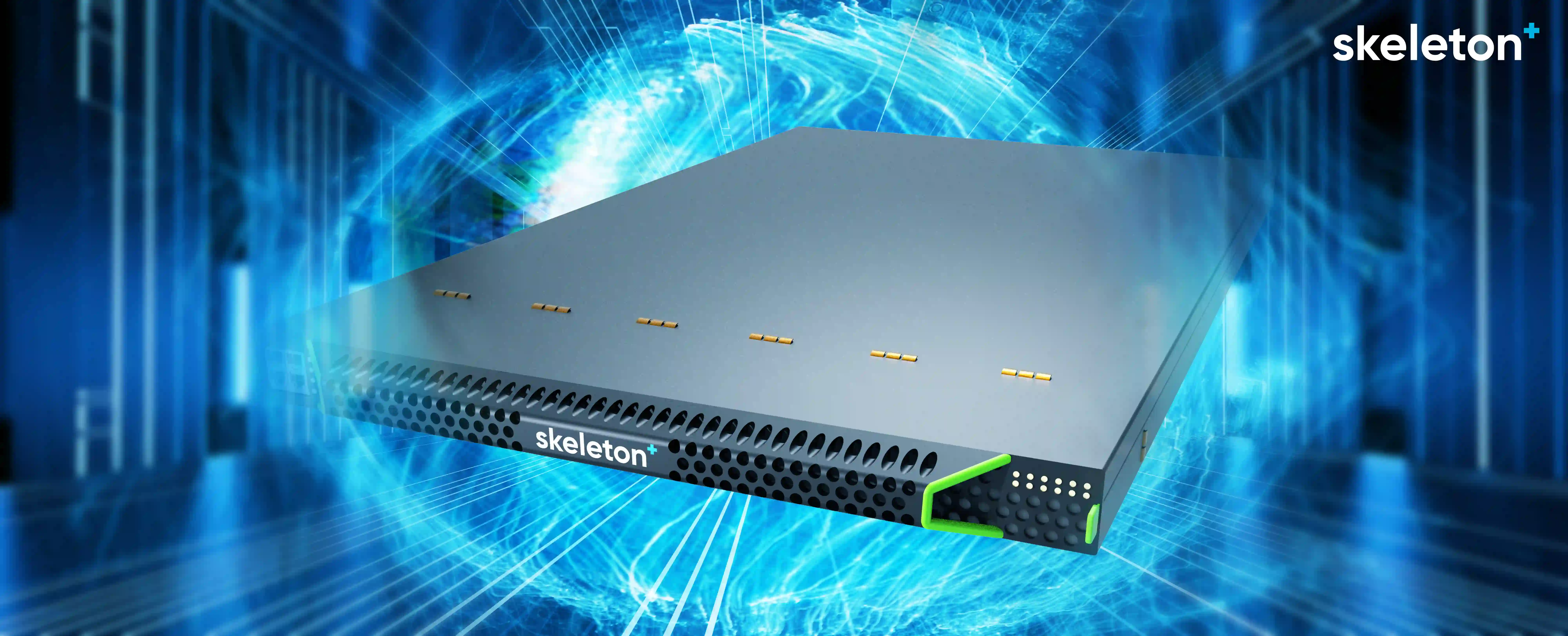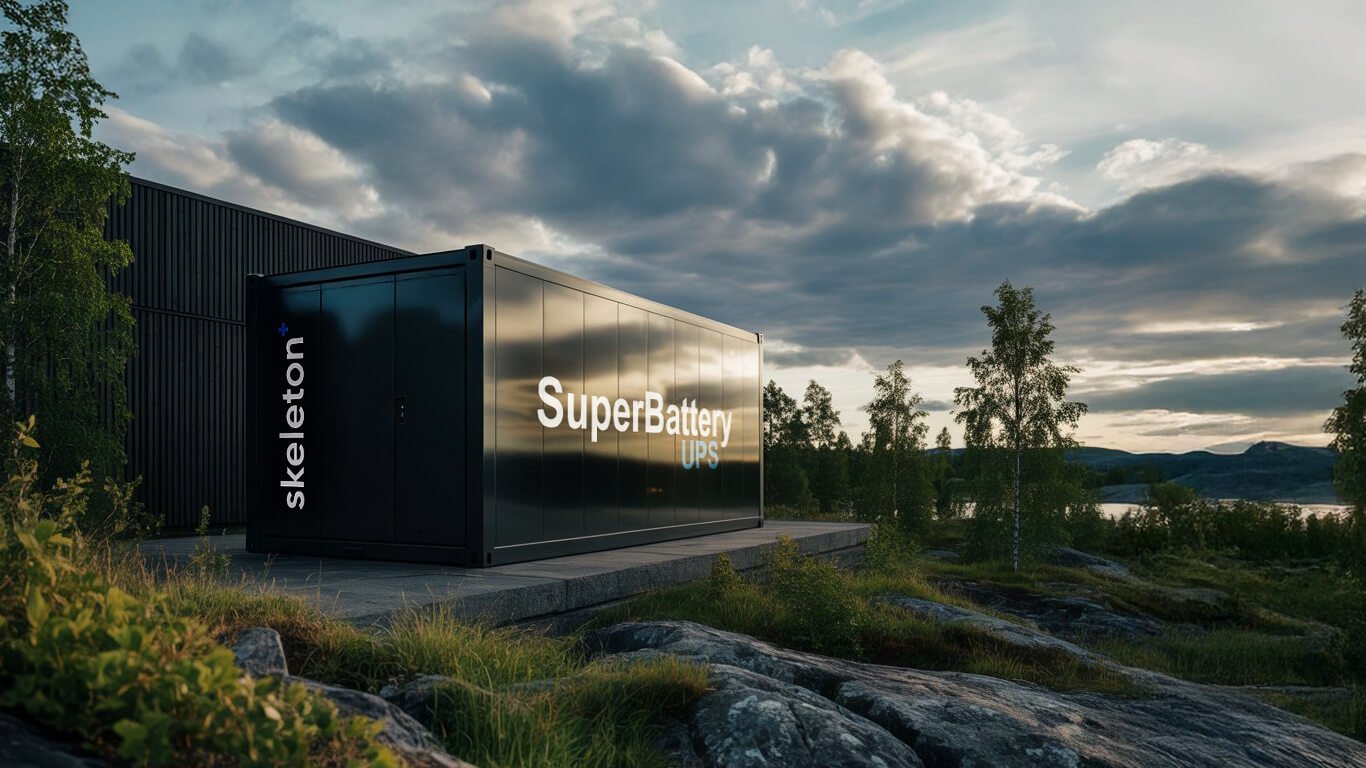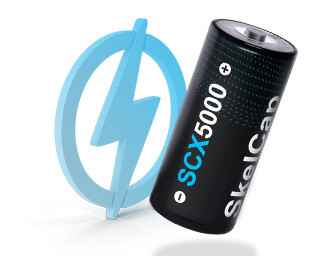
Supercapacitors vs. Batteries: Which Is Better for Peak Shaving?
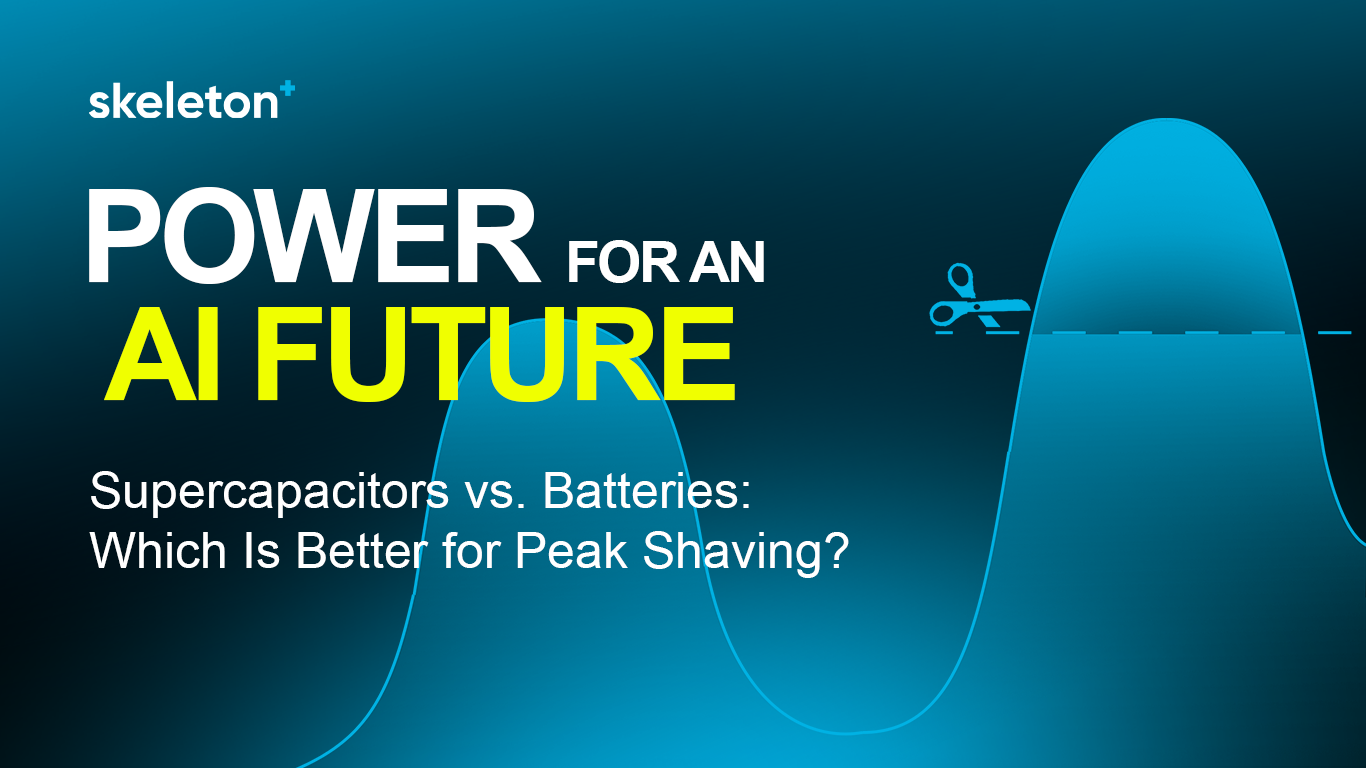
Two of the most common energy storage technologies used for managing peak shaving are supercapacitors and batteries. Both have their advantages, but they serve different purposes when it comes to peak shaving. So, which one is better for peak shaving? Let’s explore the differences between supercapacitors and batteries, and when and why you might choose one over the other for managing peak energy usage.
What Is Peak Shaving?
Before diving into the comparison between supercapacitors and batteries, it’s important to first understand the concept of peak shaving.
Peak shaving is a technique used to reduce the highest demand for electricity from the grid. Typically, energy costs are lower during off-peak hours when demand is low, and higher during peak hours when demand is high. These spikes in energy usage usually occur during the day when businesses and industries are operating at full capacity, or at night when people return home and start using appliances, lights, heating, and cooling systems.
Peak shaving is important for a few reasons:
| Cost Savings | By reducing peak demand, consumers can avoid paying the higher rates associated with peak-time electricity. |
| Grid Stability | High peaks in demand put strain on the grid, making it more susceptible to outages. By managing these spikes, peak shaving helps maintain grid stability. |
| Environmental Impact | Excessive energy consumption during peak times can be less efficient, sometimes relying on fossil fuel power plants to meet demand. By smoothing out these peaks, you can help reduce overall energy consumption and promote sustainability. |
The Role of Supercapacitors and Batteries in Peak Shaving
Both supercapacitors and batteries can help manage peak shaving by providing additional power during those short, high-demand periods. However, the way each works, the speed at which they release energy, and their overall performance make them suited for different roles. Let’s take a closer look at each technology and their specific benefits for peak shaving.
Supercapacitors: Speed and High-Power on Demand

Supercapacitors (also known as ultracapacitors) are energy storage devices that store energy electrostatically, rather than chemically like batteries. This means they can charge and discharge very quickly, offering an almost instantaneous response to a sudden surge in demand.
How Supercapacitors Work
Supercapacitors consist of two conductive plates separated by an electrolyte, which stores electrical energy between the plates. Unlike batteries that rely on chemical reactions to release energy, supercapacitors rely on the physical movement of electrons. As a result, they are capable of providing rapid bursts of power but do not store as much energy as batteries.
Advantages of Supercapacitors for Peak Shaving
-
Instant Power Delivery: The key advantage of supercapacitors over batteries is their ability to discharge energy rapidly. When there is a sudden peak in demand, supercapacitors can step in and provide the necessary power almost instantaneously. This makes them perfect for applications that require quick responses, such as in power grid management or data centers that need to maintain stable operation during short power spikes.
-
Long Life Cycle: Supercapacitors have a much longer lifespan than batteries, particularly because they don’t rely on chemical reactions. While a battery may degrade after several hundred cycles, a supercapacitor can handle millions of charge and discharge cycles without significantly losing capacity. This makes supercapacitors a more durable option for applications where long-term reliability is important.
-
Efficiency in Short-Term Power Surges: Supercapacitors are ideal for dealing with short, intense power surges that last for just a few seconds to a few minutes. If your peak demand is brief but intense, supercapacitors are a highly efficient choice for delivering power quickly and efficiently without having to rely on slower, bulkier systems.
-
Low Maintenance: Supercapacitors typically require little maintenance compared to batteries. Since they don’t rely on chemical reactions, they are less likely to suffer from issues like battery memory, which can reduce their effectiveness over time. This makes supercapacitors an attractive option for areas where reliability and low maintenance are crucial.
Considerations When Using Supercapacitors for Peak Shaving
-
Optimized for Short-Duration Applications: Supercapacitors excel in delivering high power quickly, making them ideal for handling brief, high-intensity peaks. While they don’t offer the same long-duration energy storage as batteries, they are highly effective in systems where rapid response and frequent cycling are key.
-
Best Value in High-Cycling Environments: While the upfront cost per unit of stored energy can be higher compared to batteries, supercapacitors deliver exceptional long-term value in applications with frequent charge/discharge cycles. Their extremely long lifespan and minimal maintenance requirements often translate into lower total cost of ownership over time.
Batteries: Energy for Longer Shifts

Batteries, in contrast, are energy storage devices that store energy chemically. They work by converting chemical energy into electrical energy through electrochemical reactions. While supercapacitors excel at short bursts of energy, batteries are more suited for longer-duration energy storage, where you need to draw on a larger reserve of power over an extended period.
How Batteries Work
Batteries store energy in the form of chemical compounds within two electrodes (anode and cathode). The energy is released when a chemical reaction occurs within the battery, allowing electrons to flow from one electrode to the other through an external circuit. Batteries come in various types, including lithium-ion (Li-ion), lead-acid, and sodium-ion, each with its own strengths and weaknesses in terms of energy density, cost, and life cycle.
Advantages of Batteries for Peak Shaving
-
Higher Energy Density: One of the biggest advantages of batteries over supercapacitors is their ability to store much more energy. Batteries can provide power for longer periods, sometimes hours which makes them ideal for longer-term peak shaving needs. For example, if the peak demand lasts for a couple of hours, a battery would be able to provide a continuous energy supply during that time, while a supercapacitor would likely be depleted much faster.
-
Scalability: Batteries, especially lithium-ion batteries, are highly scalable and can be used for both residential and large-scale commercial applications. As the need for energy storage increases, you can easily add more battery packs to meet demand.
-
Cost-Effective for Longer Peaks: While supercapacitors are excellent for short bursts of energy, batteries are more cost-effective when it comes to managing energy needs over longer periods. If your peak demand lasts for an hour or more, using a battery-based system may provide better overall value.
-
Well-Established Ecosystem for Batteries: Battery systems are widely adopted and supported by established industry standards, making them a familiar choice for many businesses already using them for backup power or energy storage. This maturity makes integration straightforward in certain applications. However, for use cases requiring rapid response, high power density, and long cycle life, supercapacitors offer a powerful and efficient complement to traditional battery systems.
Disadvantages of Batteries for Peak Shaving
-
Slower Response Time: While batteries can deliver large amounts of energy over a longer duration, they are slower to respond to sudden power surges. Unlike supercapacitors, which can discharge energy in milliseconds, batteries take longer to charge and discharge, which makes them less effective for addressing sudden peaks in demand.
-
Shorter Lifespan: While batteries have improved significantly over the years, they still have a finite lifespan. Over time, the capacity of the battery decreases, and it will need to be replaced or serviced. Depending on the type of battery and the number of charge-discharge cycles, the maintenance and replacement costs can add up over time.
-
Efficiency Losses: During the process of charging and discharging, batteries tend to lose a certain amount of energy in the form of heat. This inefficiency can be a disadvantage, especially in applications that require quick, consistent energy delivery.
Which Is Better for Peak Shaving?
Now that we’ve compared the strengths and weaknesses of supercapacitors and batteries, let’s explore which is better for peak shaving and in what circumstances.
Supercapacitors: Best for Short-Term, High-Power Surges
If your goal is to address brief, intense power surges for a few seconds to a few minutes, then supercapacitors are likely the better choice. Their ability to respond instantaneously to changes in demand, combined with their durability and efficiency, makes them an ideal solution for applications like:
| Power grid stabilization | When there’s a sudden surge in power demand, supercapacitors can help smooth out fluctuations. |
| Data centers | Supercapacitors can provide a quick energy boost to stabilize systems during short periods of high demand. |
| Industrial applications | Supercapacitors can handle short-term power spikes in factories or manufacturing processes. |
Batteries: Best for Longer Duration Peak Shaving
For longer-duration peak shaving, where power needs to be supplied over a longer period (like an hour or more), batteries are a better fit. They offer higher energy capacity and can continuously supply power to meet sustained demand.
Batteries are a good choice when:
| Energy storage | is needed for several hours. |
| Cost efficiency | is a priority for longer energy delivery. |
| Scalable solutions | are required for large-scale installations. |
Conclusion
Ultimately, both supercapacitors and batteries have their place when it comes to peak shaving. Supercapacitors excel in situations requiring rapid bursts of power over short periods, while batteries are better for more sustained energy demands.
Choosing between the two comes down to your specific needs. If you’re dealing with quick, short surges in power demand, supercapacitors are the best choice. But for longer durations of energy storage, batteries are more suitable. Often, the best solution involves a combination of both, where supercapacitors handle immediate power needs and batteries take care of sustained energy demands.
In any case, both technologies play an essential role in managing energy demand efficiently, ensuring grid stability, and helping businesses lower their energy costs while promoting sustainability.

